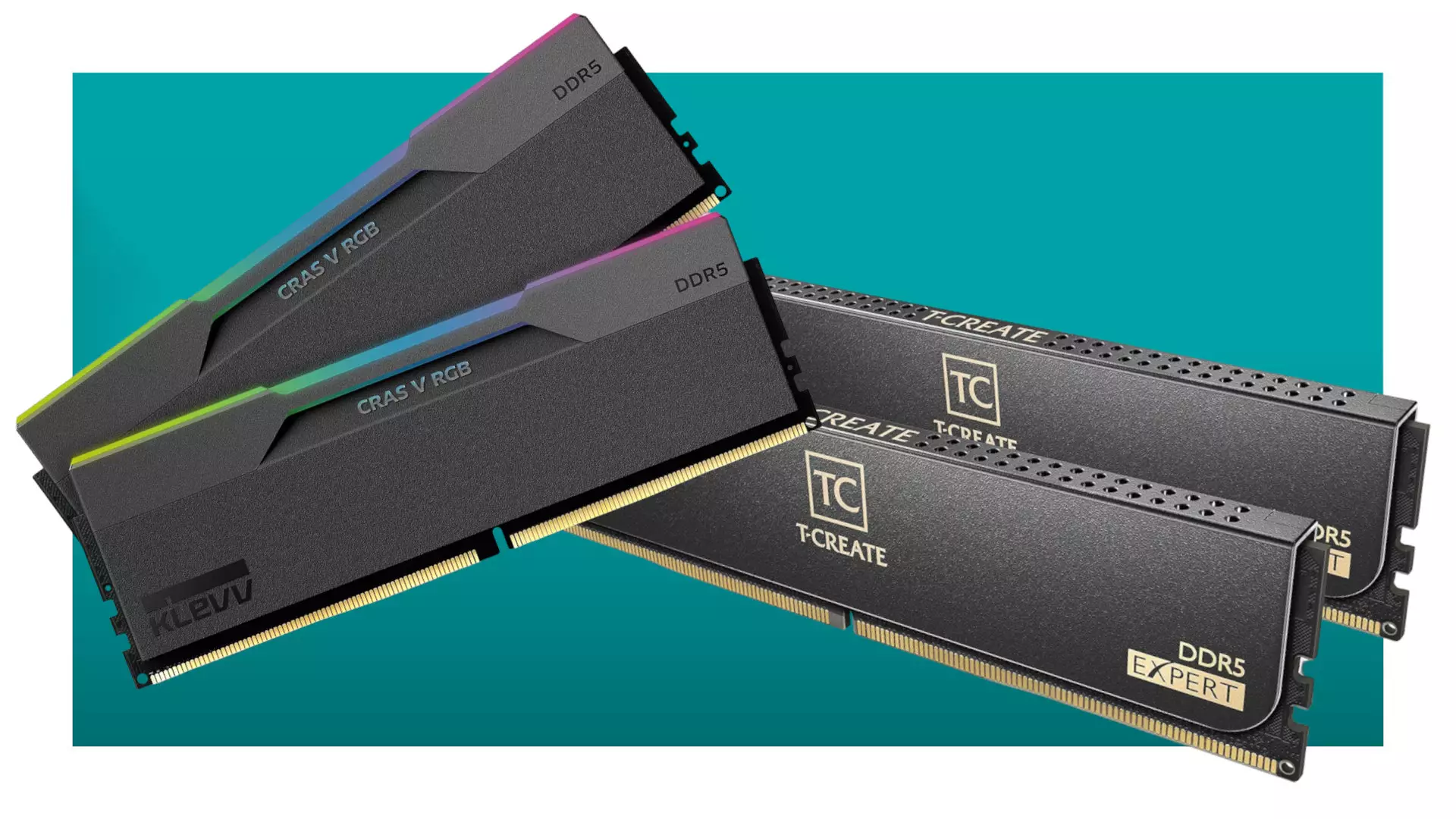In the realm of gaming PCs, the significance of RAM is often misunderstood. Many enthusiasts believe that blazing-fast memory alone will skyrocket gaming performance. While high bandwidth does matter, the real game-changer lies in the delicate balance between memory speed and latency. When CPU waits reduce, overall system responsiveness and frame stability improve significantly, especially in demanding titles and scenarios where minimum frame rates matter most. Instead of chasing after exorbitant clock speeds like DDR5-8000 or beyond, a more strategic approach involves prioritizing lower latency—timings measured in cycles that determine how quickly data is accessed and processed.
This insight reshapes the typical narrative: tuning your RAM’s timing parameters often yields more tangible benefits than merely increasing the frequency. A RAM kit running at DDR5-6000 with lower CAS latency (say, CL28 instead of CL36) enables snappier interactions, smoother gameplay, and more consistent performance. It’s a classic case of quality over raw speed, which often gets overlooked amid the marketing hype. This philosophy should guide every gamer looking to maximize their build’s potential without pouring cash into overclocked modules that provide diminishing returns.
Rethinking High-Speed RAM: The Sweet Spot for Gaming
The misconception that faster is always better needs to be challenged. As clock speeds increase beyond a certain point, the incremental performance gains dwindle sharply. DDR5-6000, coupled with low latency, emerges as a sweet spot, especially for AMD Ryzen 7000/9000 series and Intel’s latest 12th Gen CPUs and beyond. These chips are highly capable of leveraging such memory configurations, enhancing both gaming performance and overall system responsiveness.
The advantages are more than theoretical. Using a thoughtfully selected RAM kit that balances speed and latency can provide palpable improvements in gameplay, particularly in minimum frame rates, which directly influence the user experience. When CPU stalls for data, frame dips and stuttering occur. Well-tuned RAM minimizes these stalls, delivering a smoother, more immersive gaming session. For gamers who seek the best without breaking the bank, finding modules with optimized timings is a wise investment.
Beyond the Performance: Looking for Value and Aesthetics
While performance remains paramount, aesthetic appeal and thermal management are also crucial considerations. Modern RAM kits don’t have to look garish or run hot under the collar. For instance, the Klevv DDR5-6000 module with a low CAS latency of CL28 proves that achieving performance and style simultaneously is possible. The module’s sleek RGB lighting complements gaming setups, and its low-profile heatsinks keep temperatures in check without adding unnecessary bulk.
If budget constraints are tight or if the user values simplicity over flashy features, alternatives like TeamGroup’s T-Create Expert kit are commendable options. Offering a balance between cost and performance, these modules forego RGB lighting and large heatsinks but deliver rock-solid stability at an affordable price point. At just $87 for a 32 GB kit, this represents excellent value, especially considering that high-latency, overpriced DDR5 kits are unnecessary luxuries for most gamers. Instead, savvy shoppers can prioritize modules that align with their system’s capabilities and their budget, ensuring they maximize both performance and worth.
Choosing the Right RAM: Strategy Over Haste
Gamers and PC builders should adopt a more nuanced approach when selecting memory. Instead of obsessing over the highest possible clock speeds, emphasizing low latency and compatibility with their processor and motherboard will yield more satisfying results. The landscape of DDR5 RAM provides affordable options that excel in performance without the need for extreme overclocking or extravagant spending.
Strategic choices, blending speed, timings, aesthetics, and affordability, define the path toward an optimized gaming experience. It’s not about the fastest memory in the shop but about the right memory for your system’s architecture and your gaming goals. By understanding and applying these principles, gamers can unlock their hardware’s true potential and enjoy smoother, more responsive gameplay that stands out in today’s competitive and demanding gaming environment.

